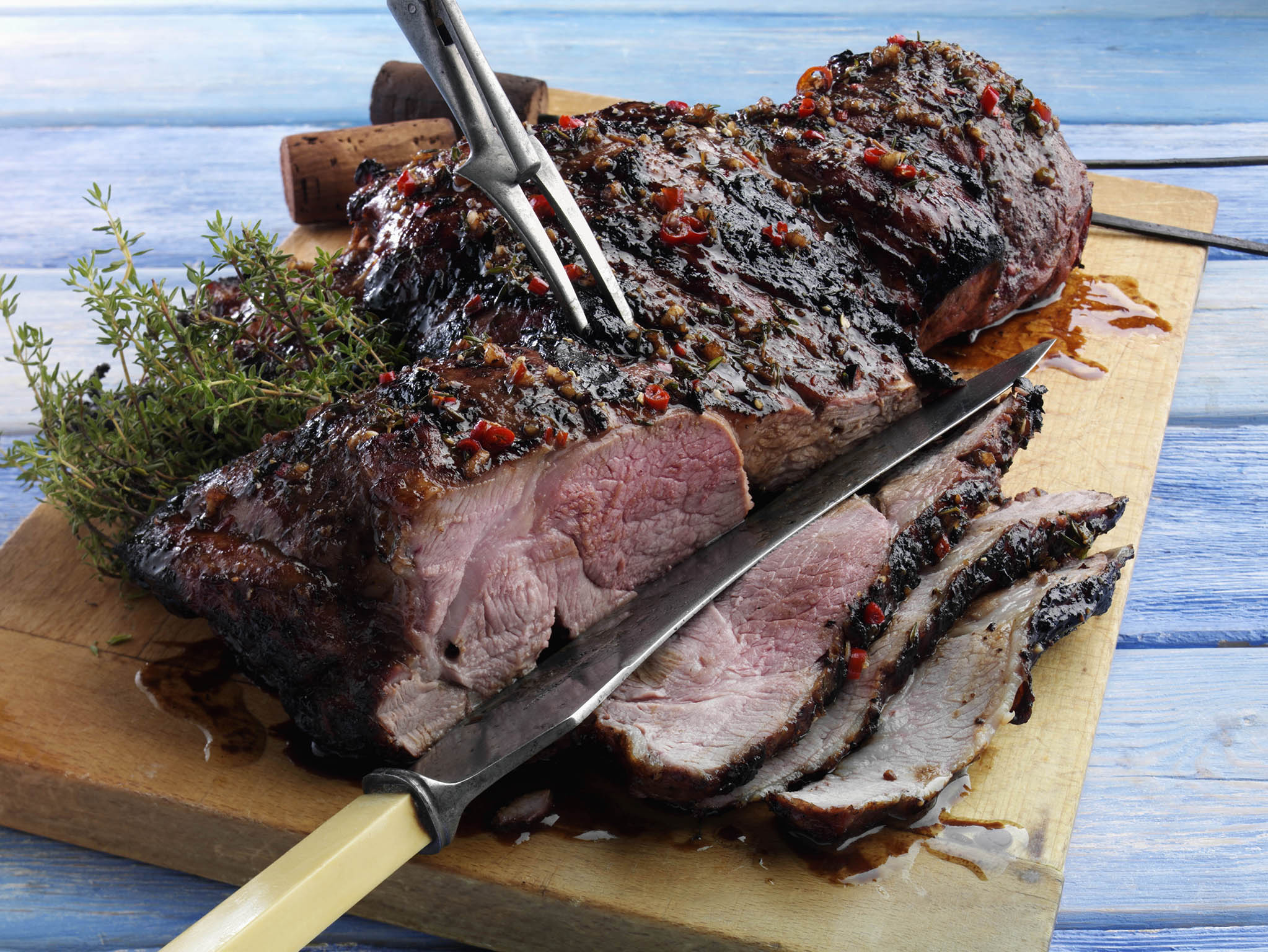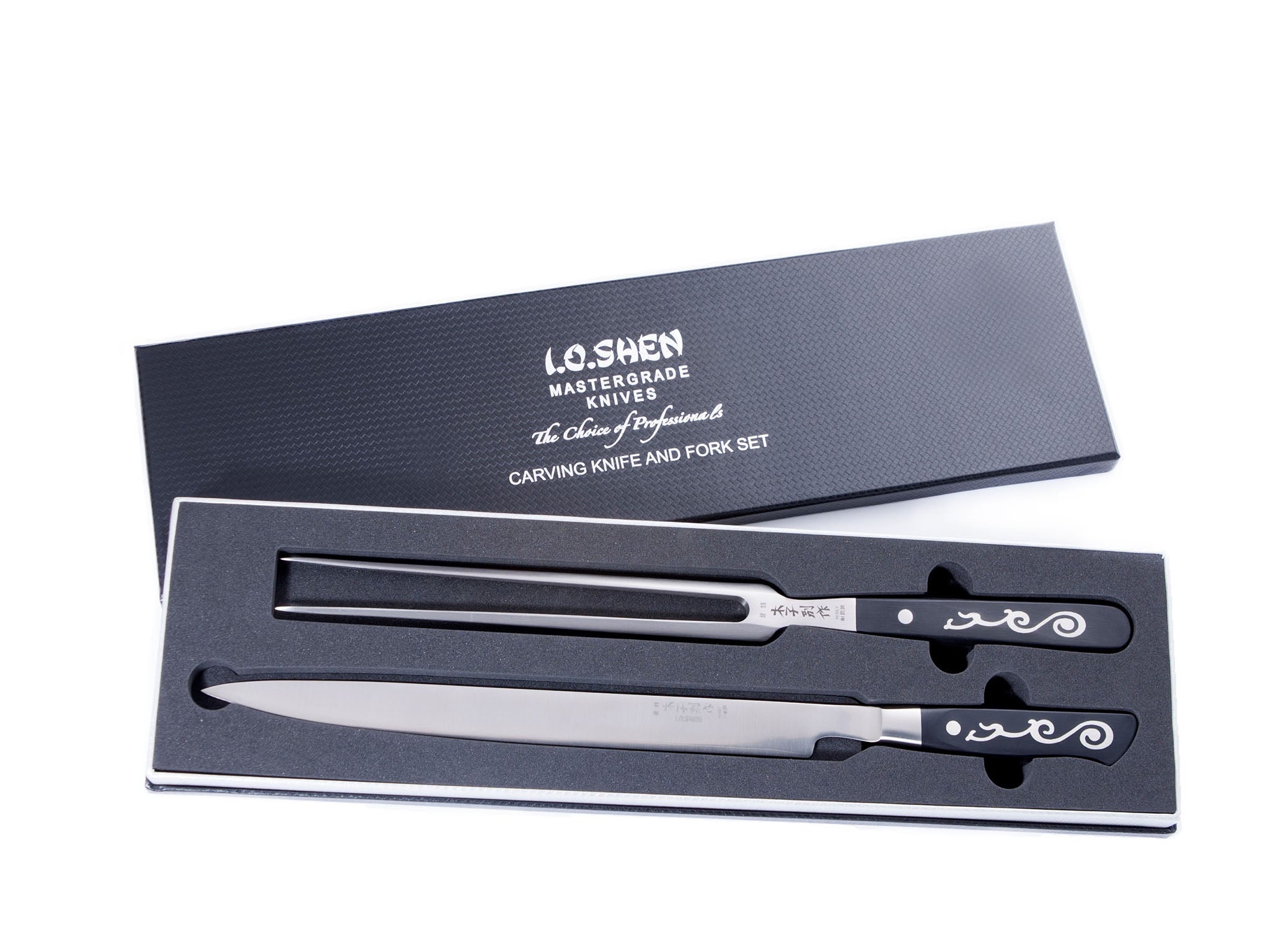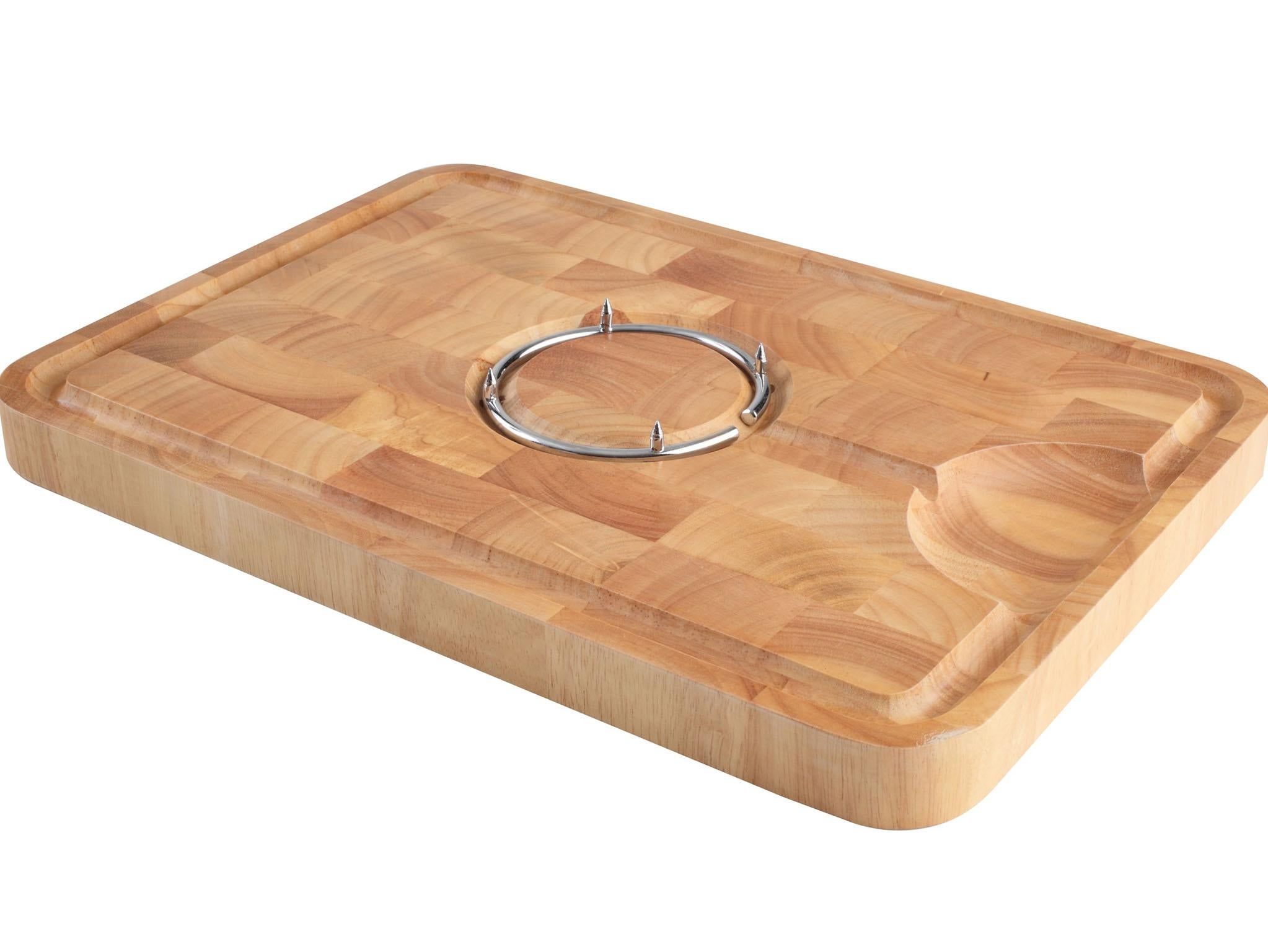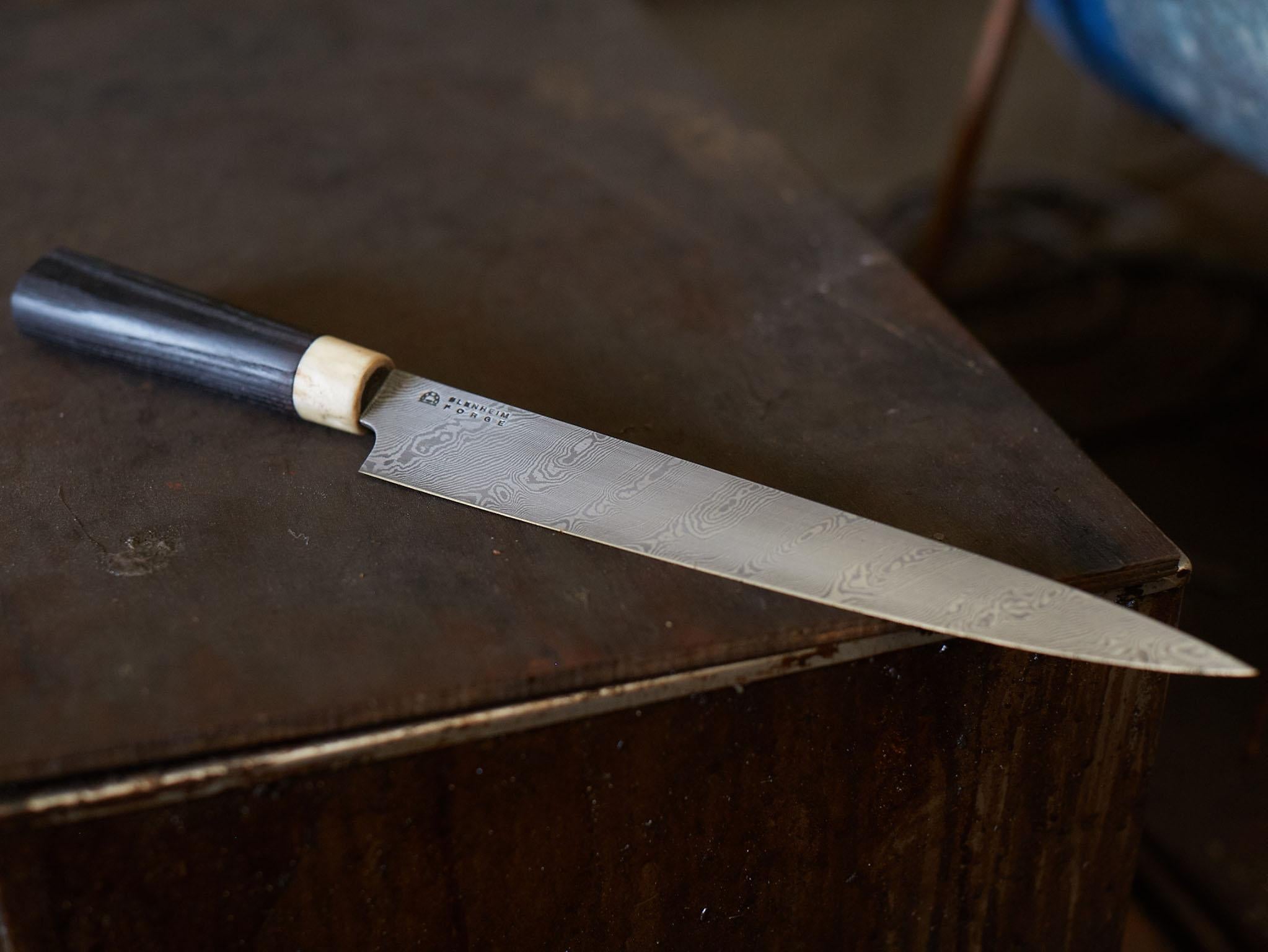The Independent's journalism is supported by our readers. When you purchase through links on our site, we may earn commission.
Why carving knives aren't just for Christmas
Who is brave enough to carve at the Christmas table? It's certainly a risky road to take. Julia Platt Leonard finds the knives that will make it like slicing through butter

Your support helps us to tell the story
From reproductive rights to climate change to Big Tech, The Independent is on the ground when the story is developing. Whether it's investigating the financials of Elon Musk's pro-Trump PAC or producing our latest documentary, 'The A Word', which shines a light on the American women fighting for reproductive rights, we know how important it is to parse out the facts from the messaging.
At such a critical moment in US history, we need reporters on the ground. Your donation allows us to keep sending journalists to speak to both sides of the story.
The Independent is trusted by Americans across the entire political spectrum. And unlike many other quality news outlets, we choose not to lock Americans out of our reporting and analysis with paywalls. We believe quality journalism should be available to everyone, paid for by those who can afford it.
Your support makes all the difference.Long before the Christmas turkey emerges from the oven, its aroma fills the house, kick starting a Pavlovian response amongst guests. There’s a restlessness as we wait impatiently and an audible growling of stomachs. The cook beams, the guests smile and only one question remains to be answered: will you carve the turkey at the table or in the kitchen?
There’s no doubt that carving the Christmas turkey at the table has the ‘wow factor’ but it’s also inherently risky. Your every slice is scrutinised by the assembled guests who check out your knife skills and the thinness of your slices. In the kitchen, you can be left to get on with it but something is lost, a sentiment echoed by food writer Tim Hayward, author of Knife and the just released, The Modern Kitchen.
“I think the carving of meat at the family table is incredibly important – we don’t have enough rituals around family eating in this country – so if there’s any kind of knife ‘in the family’ it’s worth working on it to restore it to a useable condition.”

For many of us, that might be the boxed carving set that sits in the back of a drawer, emerging at Christmas, only to disappear again for another year. For Hayward, it’s a set that came from his great grandparents and one that he still treasures. If you have one, care for it well and keep the knife sharp. If you don’t, now is the time to invest in a set to see you through Christmas present and future.
A carving knife is also called a slicer and comes with straight or granton blade. A granton blade has dimples along the knife edge and often comes with a rounded tip. It’s the kind of blade you want if you’re slicing something moist like ham or smoked salmon as the hollows help prevent food from sticking, tearing or falling apart.
For turkey or other joints, you’ll want a long straight blade so you can create uniform slices. A blade that’s too short and you’ll end up sawing rather than slicing your meat. The blade of the knife should be long – around 20cm but you might opt for something shorter as well, if you’re going to be carving a smaller joint of meat or need to navigate around bones.

The requisite carving fork has two prongs to hold the meat in place so there’s no slipping or sliding. To keep it doubly secure, you might opt for a chopping board with a spiked ring. Steamer Trading have a board with a removable and reversible spiked ring with a grooved edge to collect any prized juices.
So how to choose a carving knife? If your Christmas budget is already stretched, then the Eternal carving knife by Viners will give you change back from your £20. It has a German stainless steel blade, a nice curved handle and comes with a 25-year guarantee. The only downside is that it doesn’t come with a carving fork.
For a bit more, you can snap up a Naifu boxed carving set for £89.80. Naifu knives are made of Damascus 67-layer Japanese steel for an extra razor sharp edge that lasts. The carving knife is 20cm long and ideal for carving meat from the bone as well as poultry or fish with excellent precision. Both knife and fork have ergonomic, non-slip handle grips.

For something truly covetable, consider investing in a super smart carving set from I.O.Shen. It’s normally £159.95 but they’ve discounted it to £129.95 for Christmas. It’s one that you’d be proud to display on the Christmas table and will tackle the turkey without a problem. I.O.Shen make their knives by sandwiching two outer layers of softer steel with a super hard inner core for a blade this is amazingly sharp and holds its edge. Each blade is then hand sharpened to a 15° angle. The handles feature I.O.Shen’s unique Tai Tang design that is incredibly good looking but also makes their knives well balanced and a pleasure to use.
For Hayward, the choice of a carving knife is critical. “I think it’s so important though, that I’d definitely consider commissioning one from a knife maker.” Both Blenheim Forge and Joel Black Knives are expert craftsmen who make carving knives you’d treasure forever. Blenheim Forge have a jaw droppingly-gorgeous knife with a blade made of 120 layers of different steel that is twisted together, with a handle of charred ash and antler ferrel. It’s got an equally jaw dropping price of £650, but this is one you’d gladly hand down to the next generation.
“I want it to be loved as part of family life,” Hayward says of hand forged carving knives, “and be good enough to pass on to my daughter.”
Join our commenting forum
Join thought-provoking conversations, follow other Independent readers and see their replies
Comments